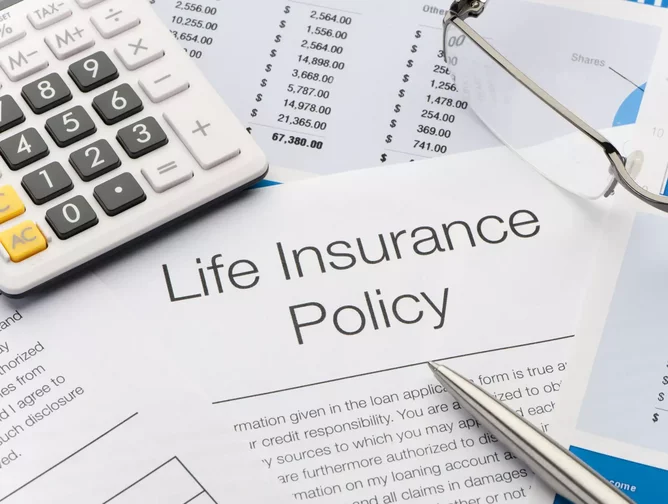
Insurance rates can increase due to several factors, such as a driver’s marital status or occupation. The type of vehicle a driver drives can also affect rates, especially if it’s a luxury or sports car.
Amica ranks high in JD Power’s customer satisfaction surveys and has excellent ratings for financial stability and claims processing. However, a full coverage policy from Amica is a whopping 41% more expensive than the national average.
1. Burial Insurance
Burial insurance is a type of life insurance that covers funeral and cremation expenses. Burial insurance policies usually offer a small payout and are often sold separately from more robust whole life or term policies.
Also called final expense insurance, burial insurance ensures that loved ones don’t carry a financial burden after death. It’s typically easier to obtain than a regular life insurance policy.
2. Auto Insurance
The average liability and full-coverage car insurance costs in different states can vary wildly. Factors include location, the type of vehicle you drive and whether or not you have a history of accidents or violations.
Sports cars and luxury models cost more to insure than sedans and SUVs. Among insurers that could offer you affordable rates for a Porsche 911, Auto-Owners and Nationwide top the list.
3. Life Insurance
Life insurance is expensive because it pays out a large sum when the policyholder dies. Term life policies tend to be cheaper than whole or permanent life insurance.
Many factors affect premiums, including smoking and family medical history. Other factors that can drive up life insurance costs include age, gender, location, driving record and credit score. Premiums also vary by state.
4. Health Insurance
The premiums vary based on your plan type, which is why platinum plans through the federal Health Insurance Marketplace tend to cost the most.
The most expensive states for health insurance are Colorado ski resort towns and parts of Connecticut along with Alaska, Vermont and large parts of Wisconsin and Wyoming.
5. Homeowners Insurance
Homeowners insurance is designed to protect your home and belongings against damage or loss.
Most homeowners policies use standardized policy forms. Some are broad form (HO-02) and some are special form (HO-03). The latter provides more comprehensive protection by covering the structure on an all-risk basis, unless excluded, while personal contents are covered only for perils listed in the policy.
6. Motorcycle Insurance
Motorcycle insurance is expensive because bikes can be more costly to repair or replace than cars. It typically includes liability coverage, as well as comprehensive and collision coverage. It also covers medical expenses incurred by you and your passenger from an accident with an uninsured or underinsured driver.
Costs vary widely depending on the make and model of bike, the state, the coverage level and the driving history. A speeding ticket will dramatically increase rates, as will a serious accident or crash.
7. Boat Insurance
Boat insurance offers liability protection for your watercraft in the event of accidents, theft and weather-related damage. It can also cover repairs. Some policies offer agreed value coverage that pays to repair or replace your watercraft without depreciation while others offer actual cash value.
Other features include roadside assistance, medical payments and uninsured boater coverage. Different boats need different coverage depending on their size, use and safety risks.
8. Renters Insurance
Renters insurance typically covers personal property loss and includes personal liability coverage. For example, if someone trips and falls in your apartment or your dog bites a guest, personal liability could pay for their medical bills.
You can usually add a home business rider to cover any equipment you use at home for work. Also, check your policy’s limits for high value items such as jewelry or collectibles.
9. Business Insurance
Business insurance helps cover losses incurred by businesses from natural disasters, legal liability and other events. Most businesses need at least a basic business owners policy (BOP), which bundles standard property and liability coverage into a single package for a low price.
Some policies even cover lost revenue when a company is closed due to damage or other incidents. Here are some tips for choosing the right business insurance.
10. Health Insurance
Health insurance is one of the most expensive types of coverage. It provides a safety net in case you are faced with medical emergencies, and covers your deductibles, copays and coinsurance.
The most expensive regions for health insurance include the Colorado ski resort towns and large portions of Alaska, Vermont and Wyoming. These areas have the highest premiums on the ACA insurance marketplaces.
 Jennifer Lopez Rocks a Bold Look with No Undergarments
Jennifer Lopez Rocks a Bold Look with No Undergarments